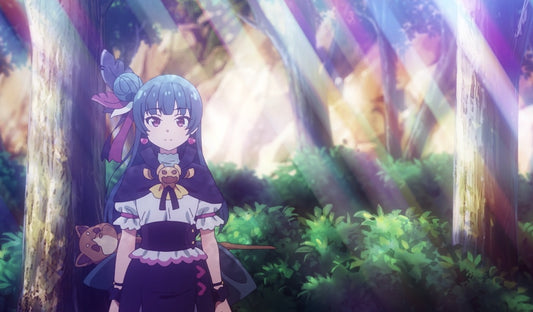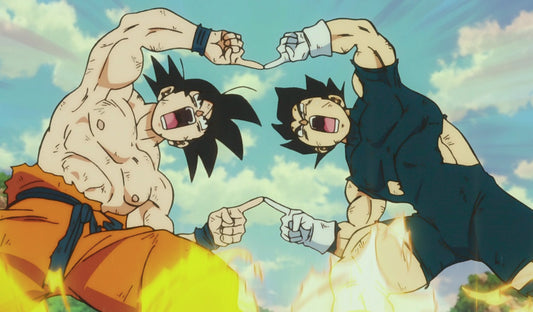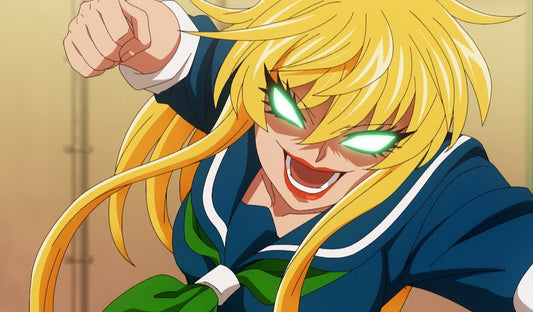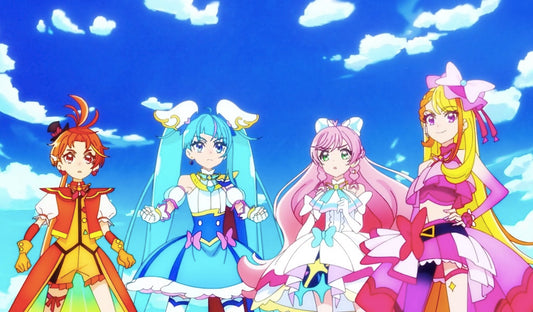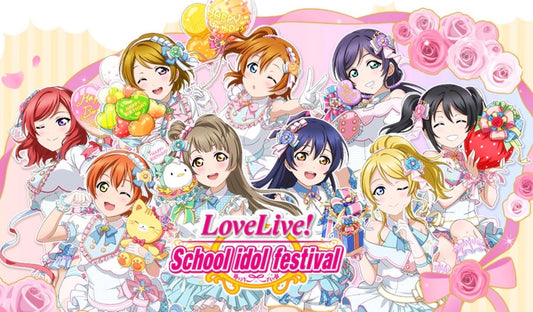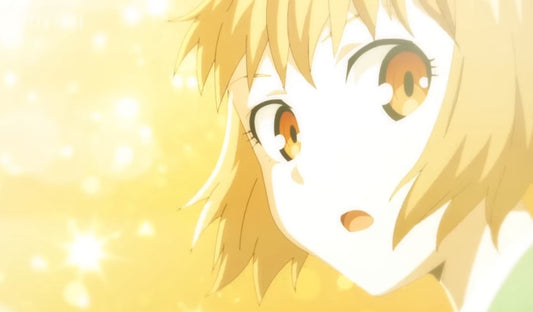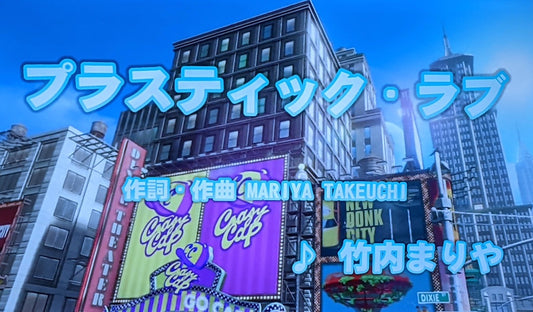 Nostalgia is a powerful force ever-present in media and in entertainment. It conjures up memories and experiences of the past, and it takes many different forms. For anime and manga, this often comes to us as new versions of old beloved works, sometimes accompanied by anniversary merchandise to really get the memories going. In recent years, the focal point of nostalgia has been the 1990s up to the early 2000s.
Nostalgia is a powerful force ever-present in media and in entertainment. It conjures up memories and experiences of the past, and it takes many different forms. For anime and manga, this often comes to us as new versions of old beloved works, sometimes accompanied by anniversary merchandise to really get the memories going. In recent years, the focal point of nostalgia has been the 1990s up to the early 2000s.
The 2020 Sorcerous Stabber Orphen anime is a retelling of the original story, which originally began as a light novel series before being adapted into anime in 1998. Slayers Volume 16, released in 2018 after a 16-year hiatus, picks up right where the story left off. But the Digimon Adventure tri. films and the Ojamajo Doremi light novels both age up their young characters all the way into high school. It's the approach taken by these latter series that I’m particularly intrigued by because moving the story ahead those five-odd years gives a sense of the passage of time, but not enough to completely divorce the characters from their original context.
Digimon Adventure tri.

The first Digimon Adventure tri. film opens up with an explicit emphasis on a specific moment of time. As an updated rendition of the original opening theme “Butterfly” plays, people from all walks of life can be seen deftly typing complex sentences on flip phones—a relic of the mid to late 2000s. Instead of jumping 15 or 20 years ahead to match the aging of the original audience or attempting to transport them all the way back to their younger days, the film straddles the line between throwback and update. In a way, you can think of the characters going from the time before Apple iTunes (first released in 2001) even existed to the dawn of the iTunes store and all it entails, gift cards and all.
Doremi 16

As for Doremi 16 (the first Ojamajo Doremi light novel), it’s less beholden to specific eras of technology given the greater focus on magic and fantasy. However, Ojamajo Doremi also always puts great emphasis on its characters maturing as human beings, as well as discovering the long and complicated histories of those who came before. Seeing the teenage struggles of Doremi, Onpu, and the other girls really hits home that they’ve grown.
A Passage of Time that's Familiar but New
In both cases, setting their sequels in high school shifts the focus of the characters away from their childhood adventures and towards their transition into adulthood, with all of the associated problems and worries. How do they see themselves in the future? What can they hold onto from their younger selves and what might they have to let go. Just as the grown-ups in their lives have loved and cared for them, can they make a difference for the next generation? Placing these familiar characters right in this sweet spot manages to emphasize a sense of change, transformation, and perhaps even loss while still allowing them to maintain some of their childhood identity—at least initially.
Into the Future
A new sequel to Digimon Adventure, Digimon Adventure: Last Evolution Kizuna, was released in Japan in February 2020, and it takes place five years after tri. Similarly, the most recent Ojamajo Doremi novel, titled Ojamajo Doremi 20s, shows its heroines well into their adult lives. A new Doremi film, titled Looking for Witch Apprentices seems to focus on brand-new characters who are full-grown women, and seems to suggest that these adults need to rediscover some childhood magic. There’s still a time dilation between our reality and the “future” of these sequels, but the two get ever closer to converging. Given that they’ve remade the original Digimon Adventure, however, perhaps we’ll never truly catch up.

